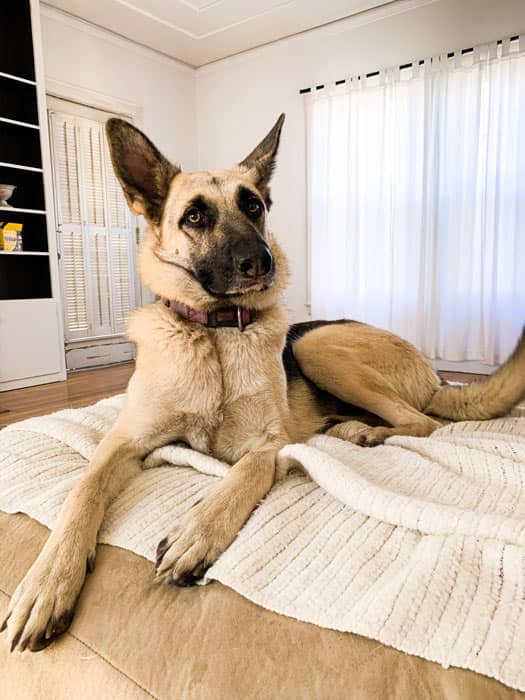5 dog breeds with the highest risk of health problems
Watching your dog struggle with health problems can be the hardest thing any pet owner has to go through - and sadly, some dog breeds are far more likely to suffer than others.
SEE: 5 best office-friendly dog breeds that won't cause chaos at work
While pedigree dogs are considered more in demand for their characteristics, selective breeding can seriously compromise a dog's quality of life. According to the RSPCA, pedigree dogs are often bred to emphasise desirable physical features in accordance with breed standards set by the Kennel Club.
WATCH: How to keep your dog cool in the current heatwave
"As a side effect of keeping different dog breeds separate, and focusing on breeding for appearance, there's a lack of genetic diversity within dog breeds. This lack of genetic diversity can increase the risk of inherited diseases like cancer and blindness."
READ: 6 beloved royal dog breeds: Corgis, Spaniels and more
Whether you choose to adopt or rescue your pup, it's always important to be aware of their breed's characteristics and possible health complications so you can look out for the signs. Your pet may have a health problem and they could be missing out on the treatment that'll help them live a more comfortable life.
Desperate to adopt a dog but unsure which breeds require an extra attentive owner? Keep scrolling to discover more…
Dachshund

The highly loveable Dachshund may look adorable, but the breed is sadly prone to painful and debilitating spinal and neurological problems that may require surgery to fix. The Dachshund's long body and extremely short legs mean they're likely to develop Intervertebral Disc Disease (IVDD), limiting their ability to walk.
MORE: 5 most affectionate dog breeds for emotional support
According to the BVA, research shows that the risk of IVDD in Dachshunds is 10-12 times higher than other dog breeds, with at least one-fifth of all Dachshunds showing clinical signs in their life. Symptoms usually begin between 5-7 years old.
Pug

Pugs have been selectively bred with extremely short and flat faces, which can lead to extreme difficulty breathing, heat stroke and fainting. Brachycephalic obstructive airway syndrome (BOAS) was the disorder with the highest risk in Pugs, with the breed almost 54 times more likely to have the condition.
The RSPCA have also raised awareness of the Pug's large prominent eyes and nose folds, which means they are at much higher risk of eye infections and ulcers around the eyes during their lifetime.
German Shepherd

Larger breeds, like the German Shepherd, are typically bred to be heavy and strong. Without careful breeding, this dog can be more prone to hip dysplasia, lameness and arthritis.
Cavalier King Charles Spaniel

According to the RSPCA, up to 70% of Cavaliers will inherit painful 'Syringomyelia' which is a painful brain condition caused by the over-breeding of dogs with skulls too small for their brains. The disorder causes fluid-filled cysts to develop on the spinal cord, and can be incredibly uncomfortable for your pet.
French Bulldog

Similar to the Pug, the selective breeding of French Bulldogs has led to dogs with smaller airways and thinner nostrils becoming far more common - leading to a higher incidence of respiratory problems.
If you're concerned about adopting a puppy, have questions about reputable breeders, or are worried about your pet, be sure to contact your vet for tailored advice.
Like this story? Sign up to our HELLO! Mail newsletter to get other stories like this delivered straight to your inbox.


